Hezbollah taking offensive against Israel, imposing unprecedented costs: Analyst
The Lebanese resistance movement Hezbollah's current strategy marks a "significant shift" as it has transitioned to taking offensive action against the Israeli regime, engaging in a protracted war of attrition.
These remarks were made by Amal Saad, a Lebanese writer and political analyst who teaches at Cardiff University, on her X page (formerly Twitter) on Monday.
Saad noted that Hezbollah is "no longer content with defensive measures." "Hezbollah's current approach marks a significant shift from its previous strategy, which focused primarily on preventing Israeli occupation and achieving victory by simply surviving," she wrote.
"The movement’s goals have expanded far beyond mere survival and the liberation of Lebanese territory; it now seeks to compel Israel to change its behavior and calculations by imposing unprecedented costs."
Hezbollah has conducted hundreds of operations against the Israeli regime since October 7 last year in solidarity with the people and resistance of the Gaza Strip.
THREAD: With the downing of the third Hermes 900, one of Israel's most advanced drones, Hizbullah has now eliminated 12% of Israel's reported fleet of 25 such drones. It has now downed a total of 7 Israeli drones since October, resulting in a significant financial loss for…
— Amal Saad (@amalsaad_lb) June 10, 2024
On Monday, it targeted two Israeli military facilities in the northern part of the 1948-occupied territories in response to the regime’s recent strikes on southern Lebanon.
In a statement, Hezbollah reported that several Israeli soldiers were killed and injured in its attack on the Manara kibbutz in the Upper Galilee region, adjacent to the Lebanese border and overlooking the Hula Valley, using "appropriate weapons."
Saad, a leading expert on Hezbollah and the Axis of Resistance, emphasized that instead of countering Israel's "complexity" with Hezbollah's "simplicity," as Seyyed Hassan Nasrallah characterized the 2006 war, the resistance movement is now "confronting complexity head-on with audacity and more advanced weaponry."
Regarding the costs that Hezbollah has inflicted on the Tel Aviv regime since the Al-Aqsa Storm Operation was launched by Palestinian resistance eight months ago, Saad highlighted that the resistance movement has "turned the tables" by not only creating a buffer zone inside the occupied territories for the first time in history and forcing tens of thousands of Israeli settlers to flee the northern settlements, but also using the Galilee "as a research and development lab to test its weapons."
"It's clear that Israel is now facing the most significant threat in its history and is fighting a new type of enemy," Saad wrote.
She also noted the diminishing aerial superiority of the Israeli regime and the depletion of its most advanced drones amid the ongoing war.
"With the downing of the third Hermes 900, one of Israel's most advanced drones, Hezbollah has now eliminated 12% of Israel's reported fleet of 25 such drones. It has downed a total of seven Israeli drones since October, resulting in a significant financial loss for Israel," she wrote in a series of tweets.
"In addition to downing drones, Hezbollah has challenged Israel’s aerial superiority by targeting Israeli jets, compelling them to retreat from Lebanese airspace on two occasions last week, infiltrating Israel with its own drones without being detected or intercepted, and even striking Israel's Iron Dome."
VIDEO | Trump's return to the White House
Israel kills 40 in new strikes against Lebanon; targets Beirut in fresh aggression
Iran urges UN General Assembly to suspend Israel’s membership
Hezbollah strikes Tel Aviv, Haifa; unveils new precision missile
Iran’s foreign minister censures EU for inaction on Israeli savagery
VIDEO | Iran retaliation: What can we expect?
Lebanon files official complaint at UN over Israel’s pager blasts: Minister
UNRWA’s ‘darkest hour’ in Gaza: UN urged to intervene against Israel’s ban


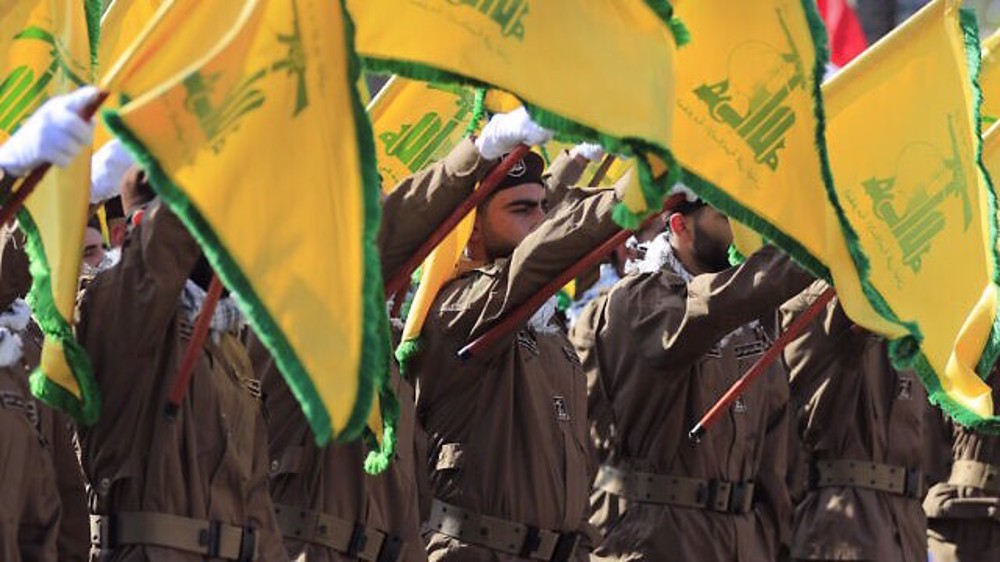
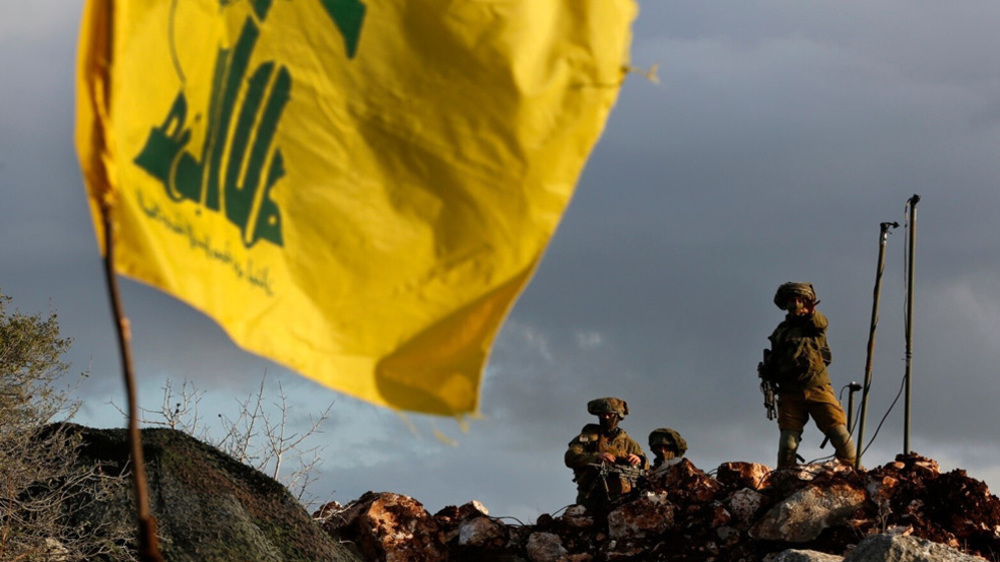

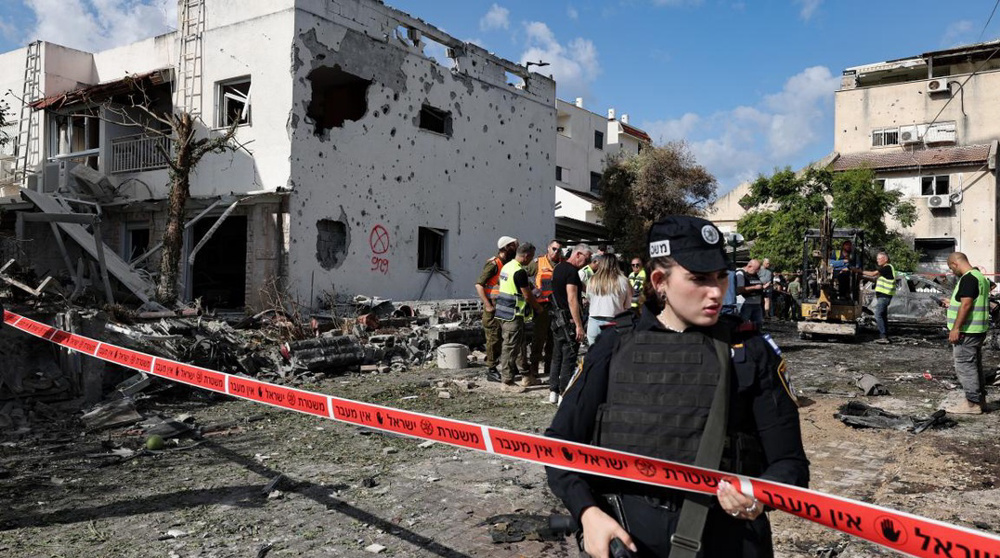
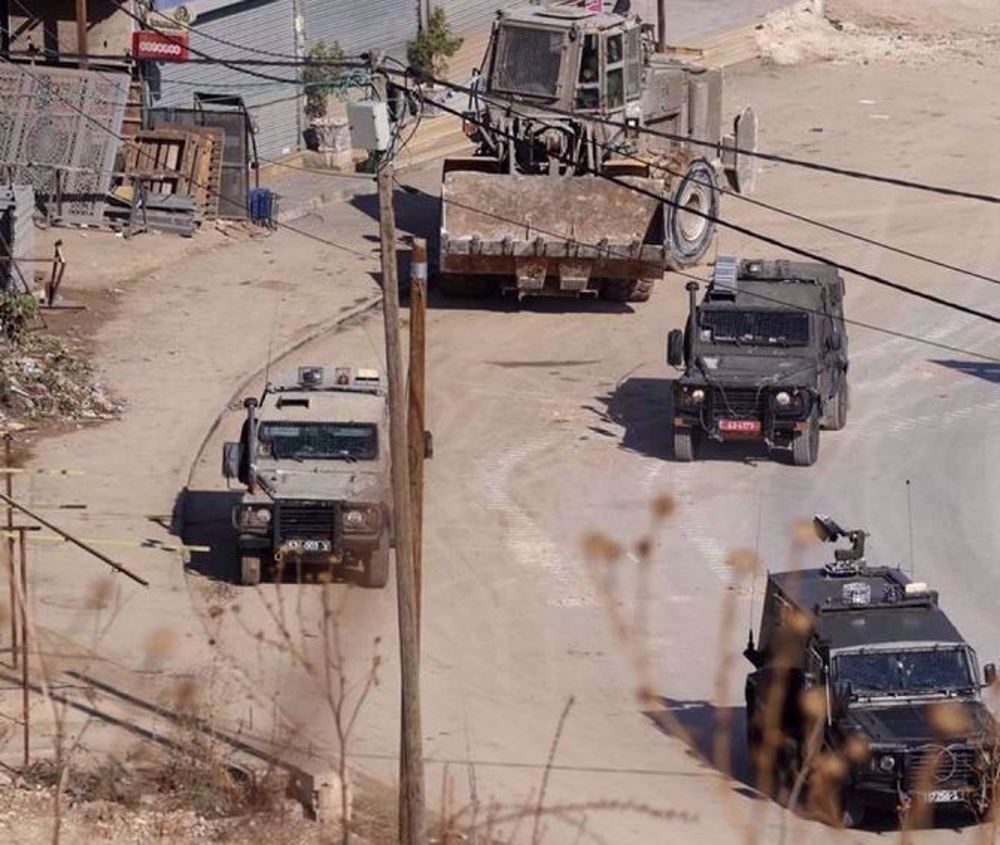



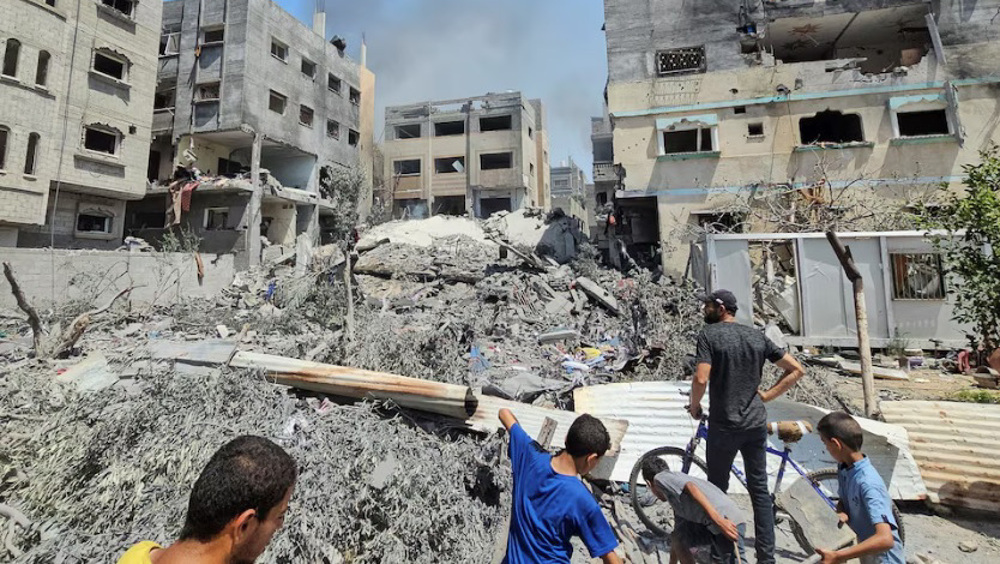
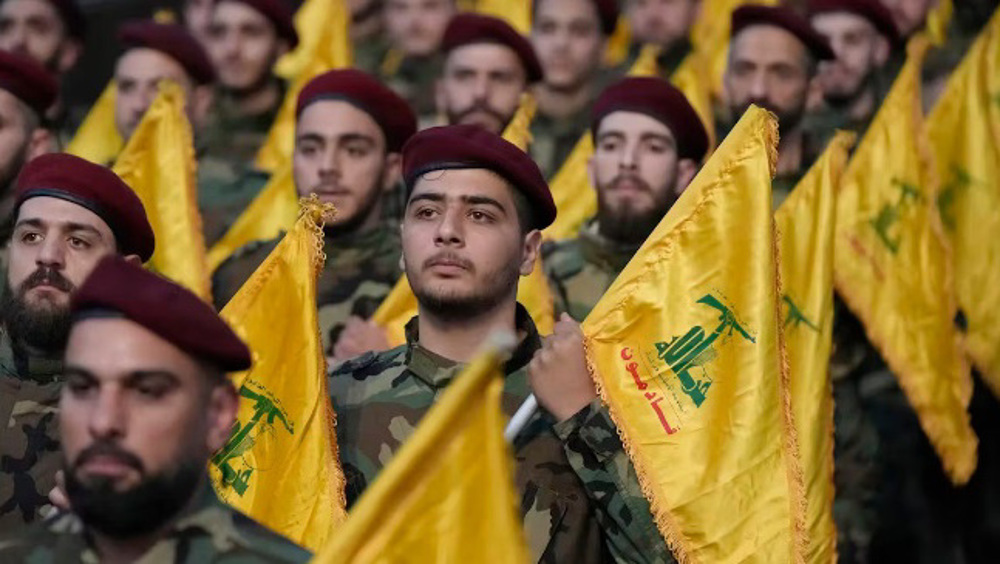
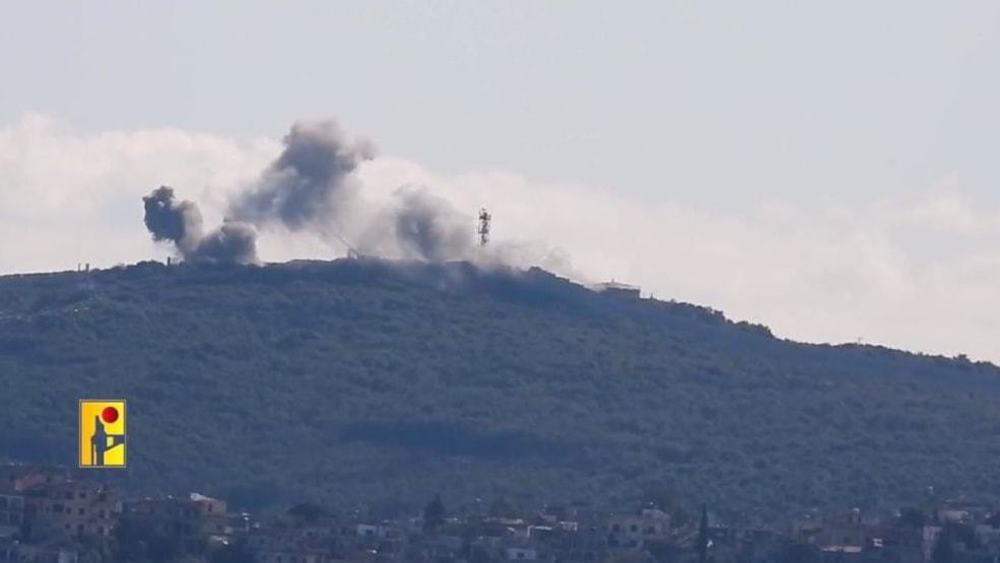


 This makes it easy to access the Press TV website
This makes it easy to access the Press TV website